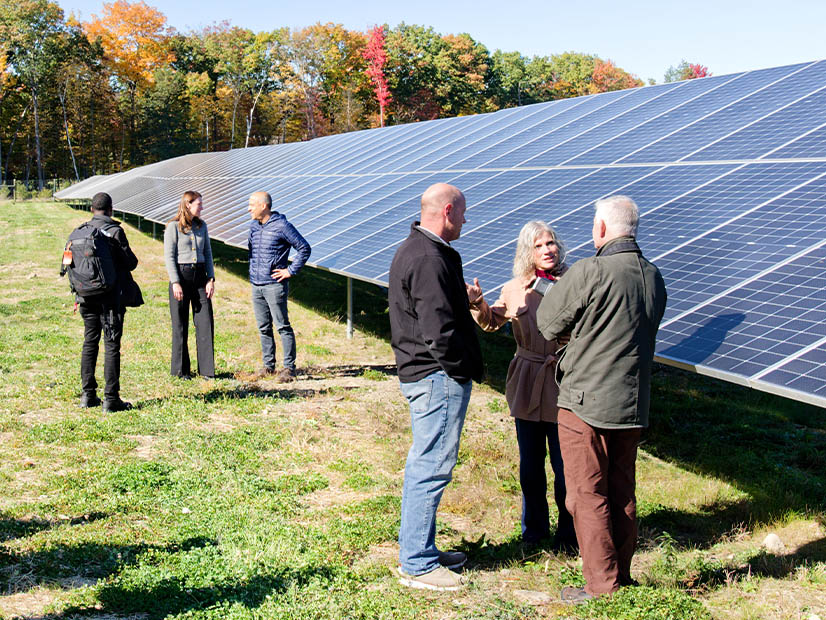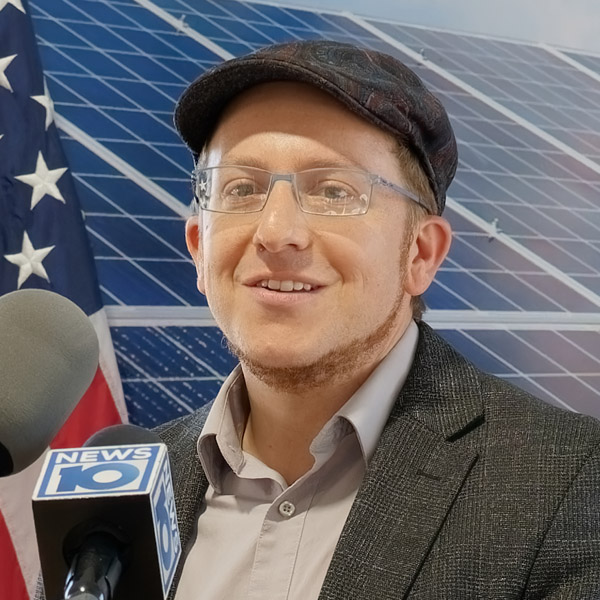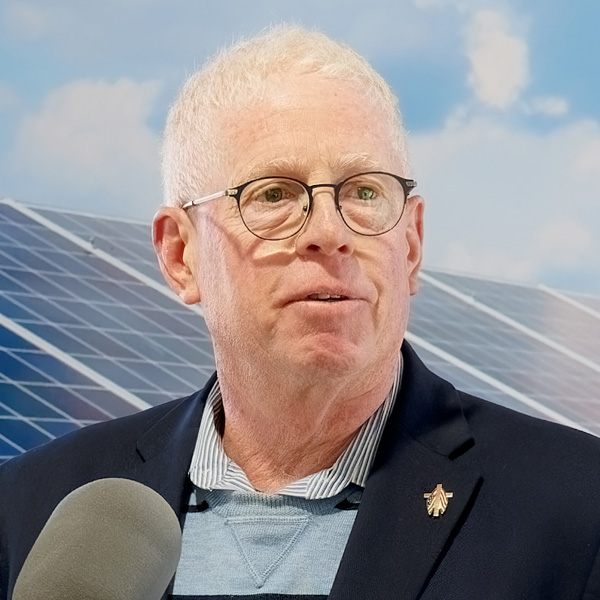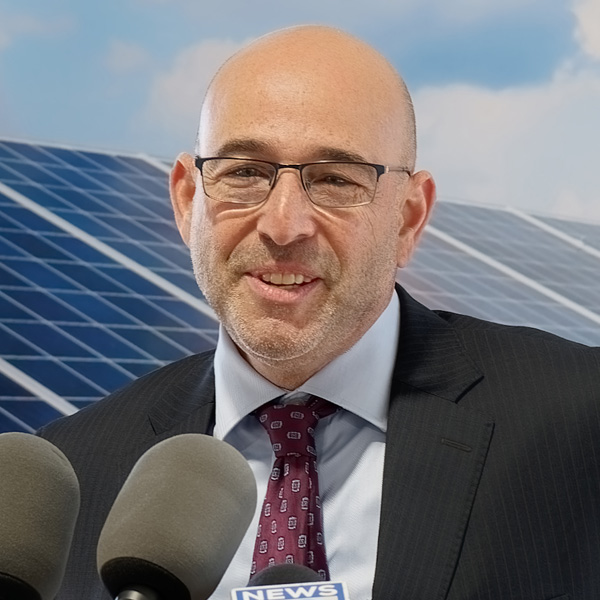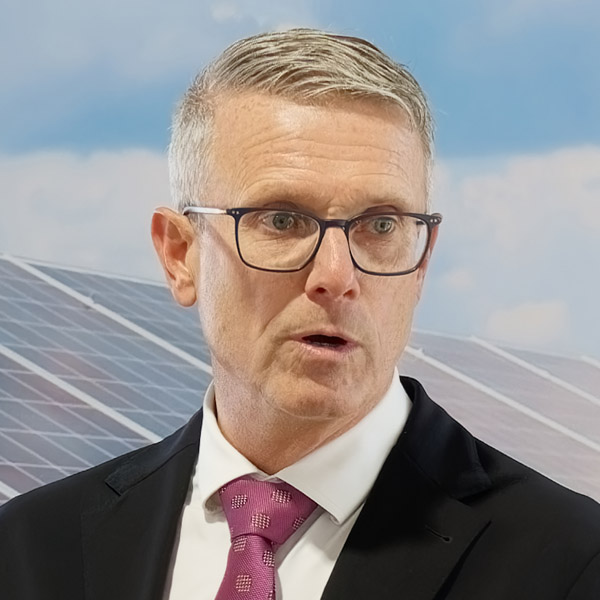With downed power lines and poles from hurricanes Helene and Milton still a painful memory for many, the U.S. Department of Energy on Oct. 18 announced almost $2 billion in new funding from the Infrastructure Investment and Jobs Act aimed at improving grid reliability and resilience.
The latest round of Grid Resilience and Innovation Partnerships (GRIP) awards will go to 38 projects across 42 states and the District of Columbia. The grants will be used to expand grid capacity and speed up interconnection to meet burgeoning power demand from new manufacturing and data centers, said Secretary Jennifer Granholm during an advance press call Oct. 17.
“The funding couldn’t come at a more critical time,” Granholm said. “Energy demand, as we know, is rising nationwide, and it is straining our outdated grid infrastructure, and as climate change worsens, we’re seeing more frequent and devastating storms like Helene and Milton.”
The projects selected for the GRIP awards will expand capacity on regional grids by 7.5 GW and add 300 miles of new lines and upgrade an additional 650 miles of lines with advanced conductors and other grid-enhancing technologies (GETs), according to a DOE press release.
President Joe Biden announced six of the projects ― all located in the Southeast ― during a visit to Florida on Oct. 13. The Tennessee Valley Authority (TVA) scored the largest award, $250 million, which will fund 84 “subprojects” in disadvantaged communities across eight states, adding more than 2,400 MW of capacity, according to a DOE fact sheet.
The federal dollars also will be used for the first interconnection tie — cables — allowing for power transfers between TVA and the Southwest Power Pool, providing TVA and its local utilities with an additional 800 MW of electricity.
In Florida, Gainesville Regional Utilities (GRU) is slated to receive $47.5 million for distribution grid upgrades including reconductoring, undergrounding and transformers. DOE’s project description notes that this “diverse portfolio of grid hardening and modernizing technologies and equipment will increase the grid’s intelligence and build system capacity for the adoption of clean energy, grid-edge technologies and electric vehicles.”
GRU CEO Ed Bielarski said he wants the utility to be a model “to further innovate and enhance [system] resilience and storm response, including in disadvantaged communities.”
The new projects are part of the second round of GRIP awards, following an Aug. 6 announcement of eight projects across 18 states receiving $2.2 billion. (See DOE Announces $2.2B in Grid Resilience, Innovation Awards.)
The GRIP program includes three separate funding streams: the Grid Innovation grants, announced in August, and the just-announced Grid Resilience Utility and Industry grants and Smart Grid grants. Pending the election results, DOE is planning a third round of funding for 2025.
Speaking at the advance press call, John Podesta, Biden’s senior adviser on international climate policy, said the U.S. needs the grid to be “larger, stronger and more reliable. To effectively tackle the climate crisis and stay on course to reach 100% clean energy by 2035, we need to double our current transmission capacity in that time frame.”
Getting there will mean continued public and private investments, better interregional transmission planning and “cutting through red tape” to get projects sited, permitted and built, Podesta said.
Project Priorities
The IIJA provided $10.5 billion for the GRIP program, heralded as one of the largest public investments in the nation’s electric infrastructure. With the Oct. 18 announcement, $7.6 billion has been awarded.
In general, awardees must at least match the number of federal dollars, and with the current announcement, DOE said the almost $2 billion in GRIP awards would draw in an additional $2.2 billion in private investment.
Announced exactly one year ago, on Oct. 18, 2023, the first round of awards, totaling $3.46 billion, included 58 projects in 44 states. According to a senior administration official, 53 of those projects now have signed contracts with DOE. The projects announced in August are in contract negotiations, which also will begin for the latest round of awardees.
DOE officials have said repeatedly that once an awardee has a signed contract, the funds will be committed and safe from any claw-back, regardless of the outcome of the election.
Each round of GRIP awards has focused on different administration priorities. The first round leaned heavily toward projects that could improve resilience at the distribution level, had strong support from state and community officials and could move forward quickly.
The largest award in the first round ― $464 million ― went to the five transmission lines in MISO and SPP’s joint targeted interconnection queue (JTIQ) portfolio. (See DOE Announces $3.46B for Grid Resilience, Improvement Projects.)
Transmission projects were the top priority for the awards announced in August, with projects deploying GETs securing six of the eight awards. The largest award, $700 million, went to the North Plains Connector transmission project, a 420-mile, high-voltage direct current line running from Montana to North Dakota.
This round clearly prioritizes grid upgrades to improve resilience in areas especially vulnerable to extreme weather and to get more power online to meet rising demand. The projects are geographically diverse, with money going to red and blue states. Investor-owned utilities, municipals and electric cooperatives are on the list, as well as some technology companies.
In North Dakota, the Montana-Dakota Utilities Co. and Innovative Energy Alliance Cooperative were awarded close to $15.6 million for a project to upgrade a 54-mile segment of the state’s grid, adding new advanced conductors to expand capacity. Other upgrades include “installing software, sensors and interfaces for online weather data, allowing for dynamic line rating and quicker system response,” according to DOE.
Alabama’s Tombigbee Electric Cooperative, with about 45,000 members, is slated to receive $11.1 million for system upgrades including new storage to shave peak demand and distributed energy management and outage management systems. The project also will reconductor existing lines and install new lines.
In Florida, Chicago-based Switched Source will partner with Florida Power & Light to deploy its automated distribution power flow control technology on lines in disadvantaged communities especially vulnerable to extreme weather. The $47.7 million award could help cut outages by 10%, improve energy efficiency across the system and help integrate distributed resources, such as solar and electric vehicles.
